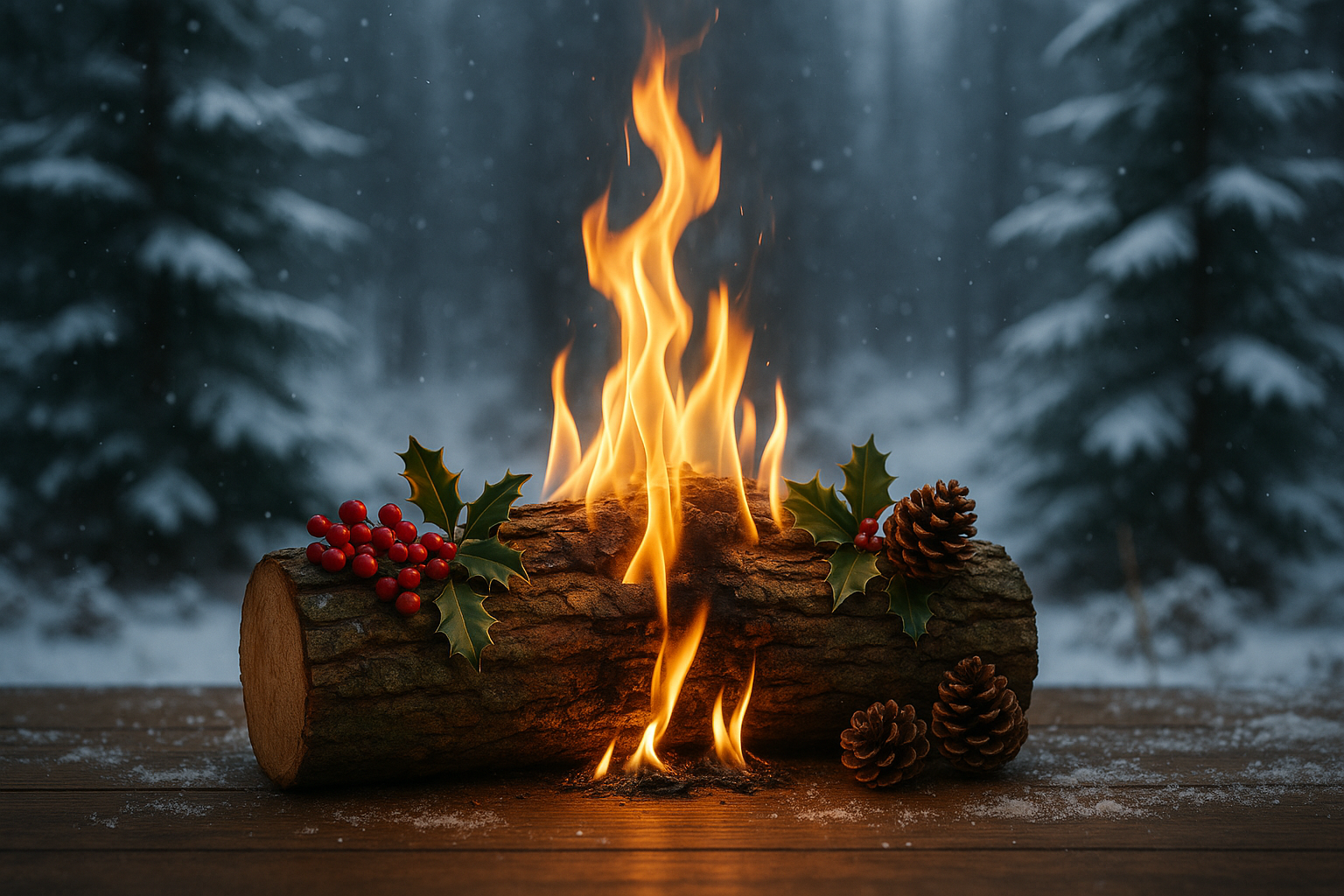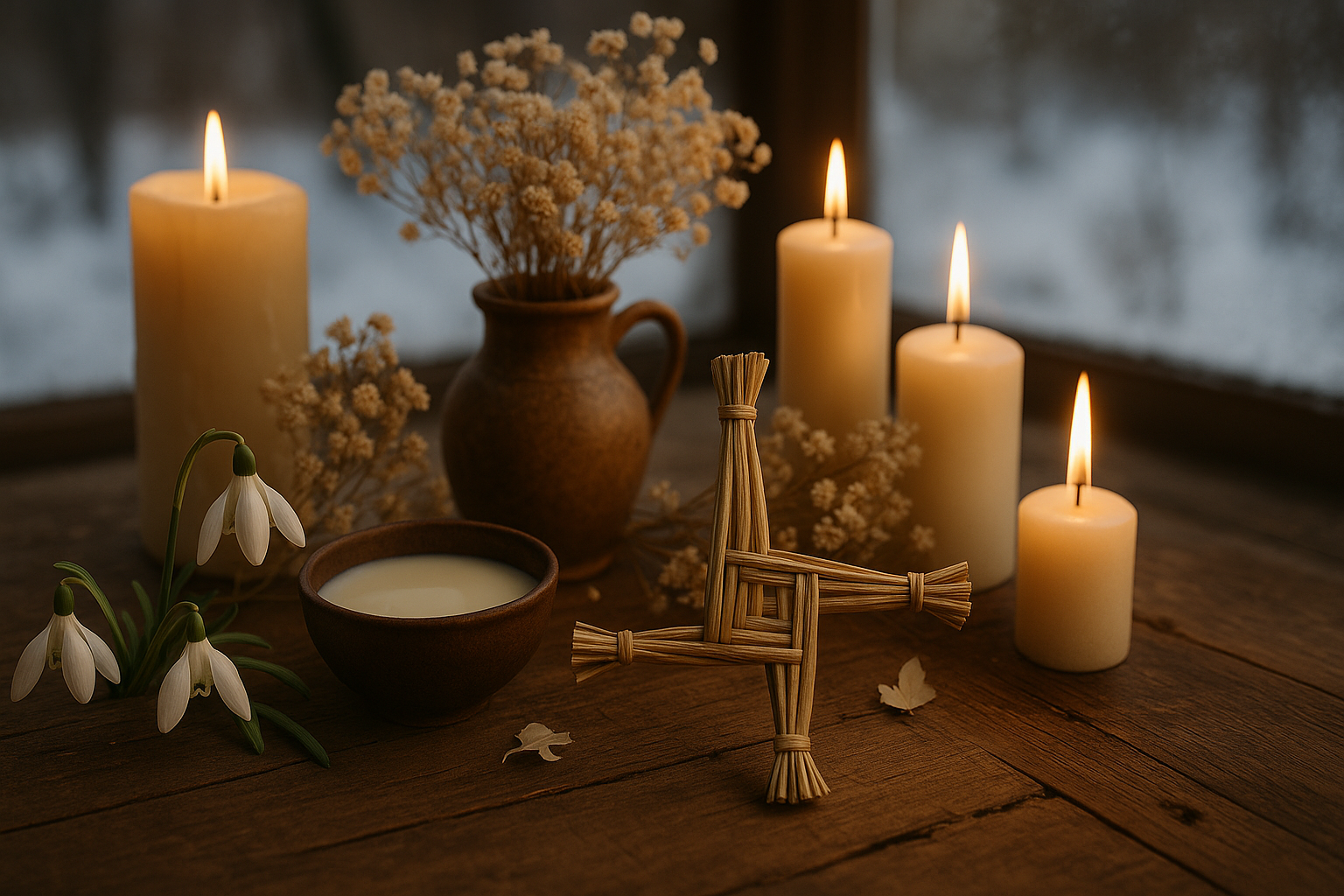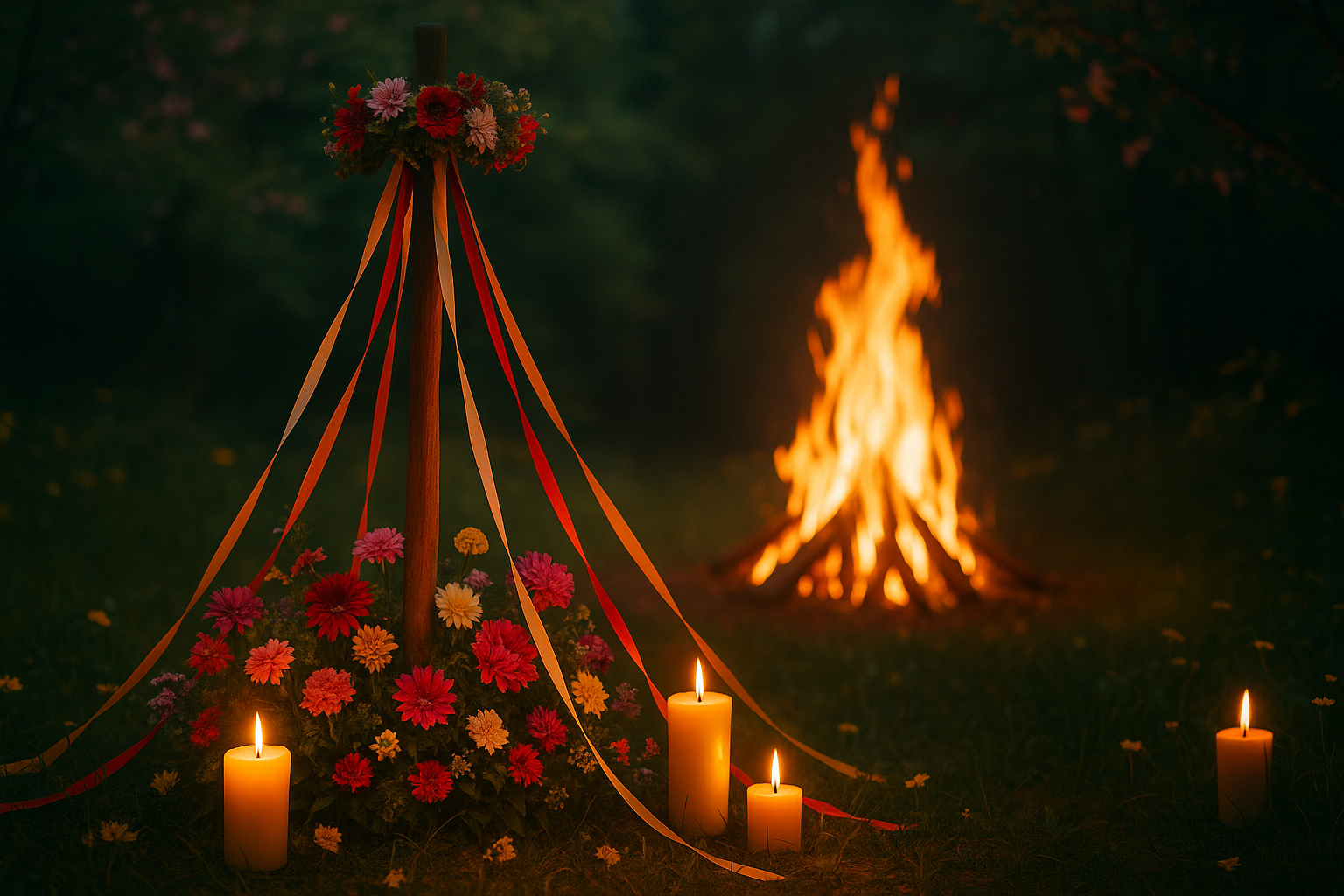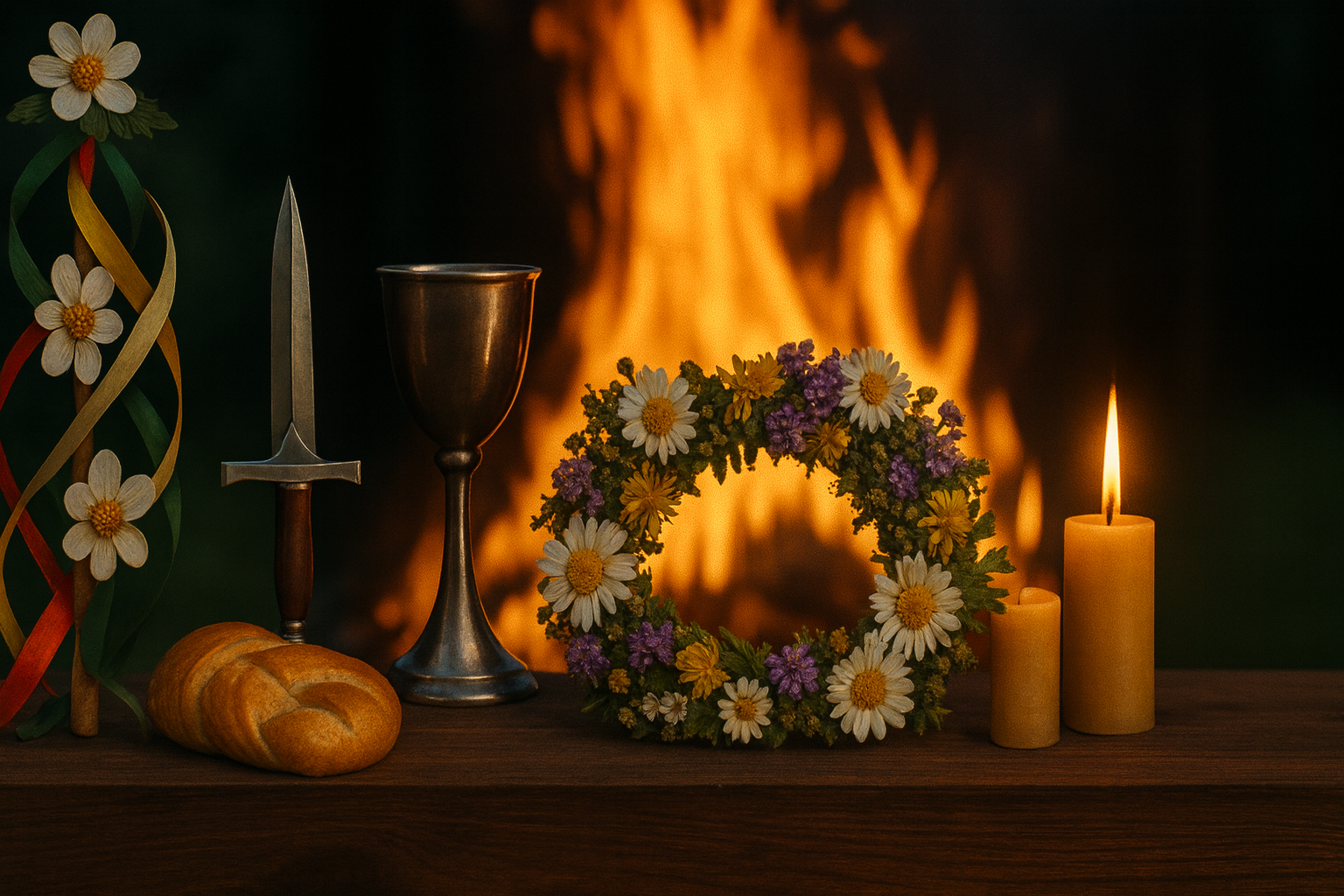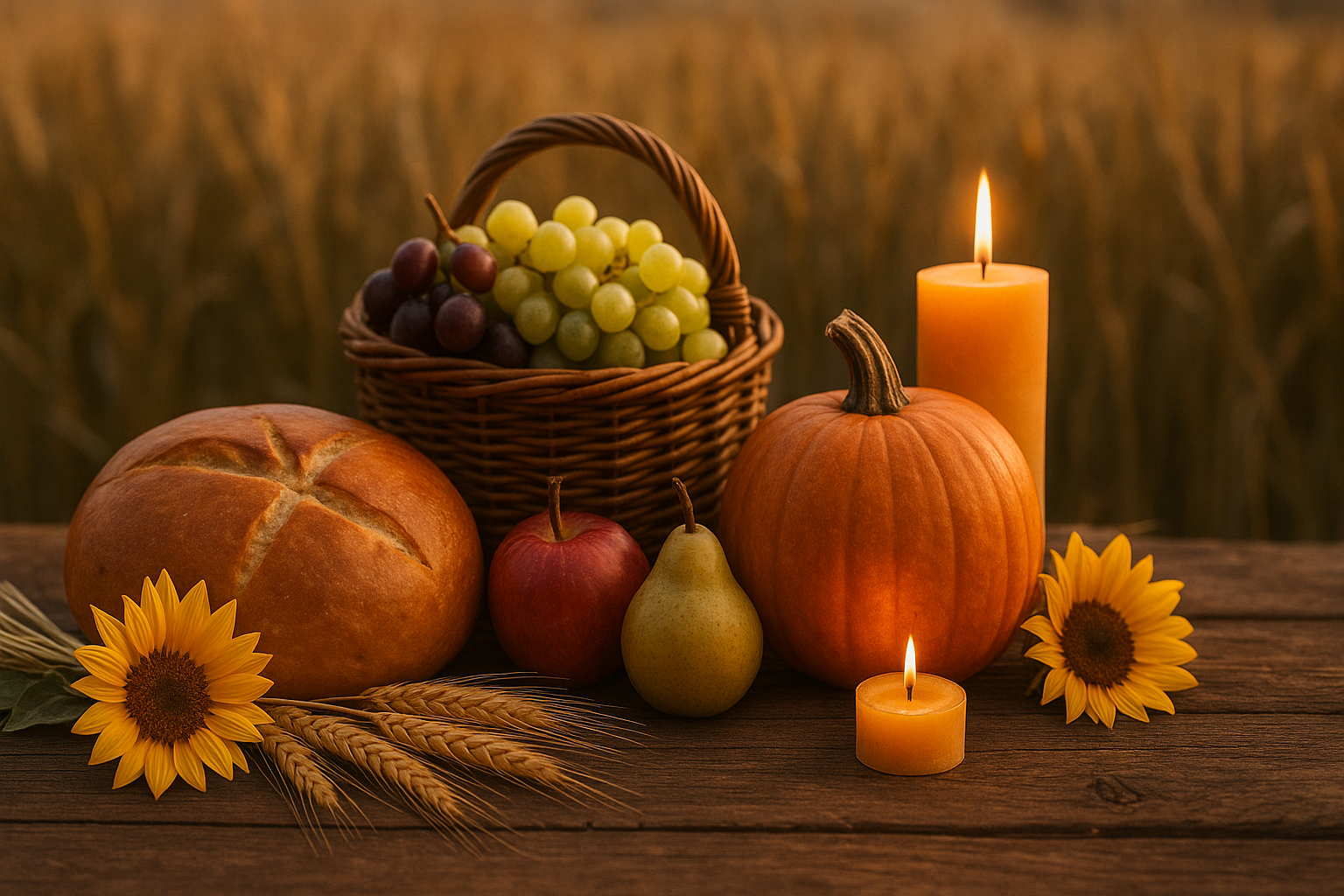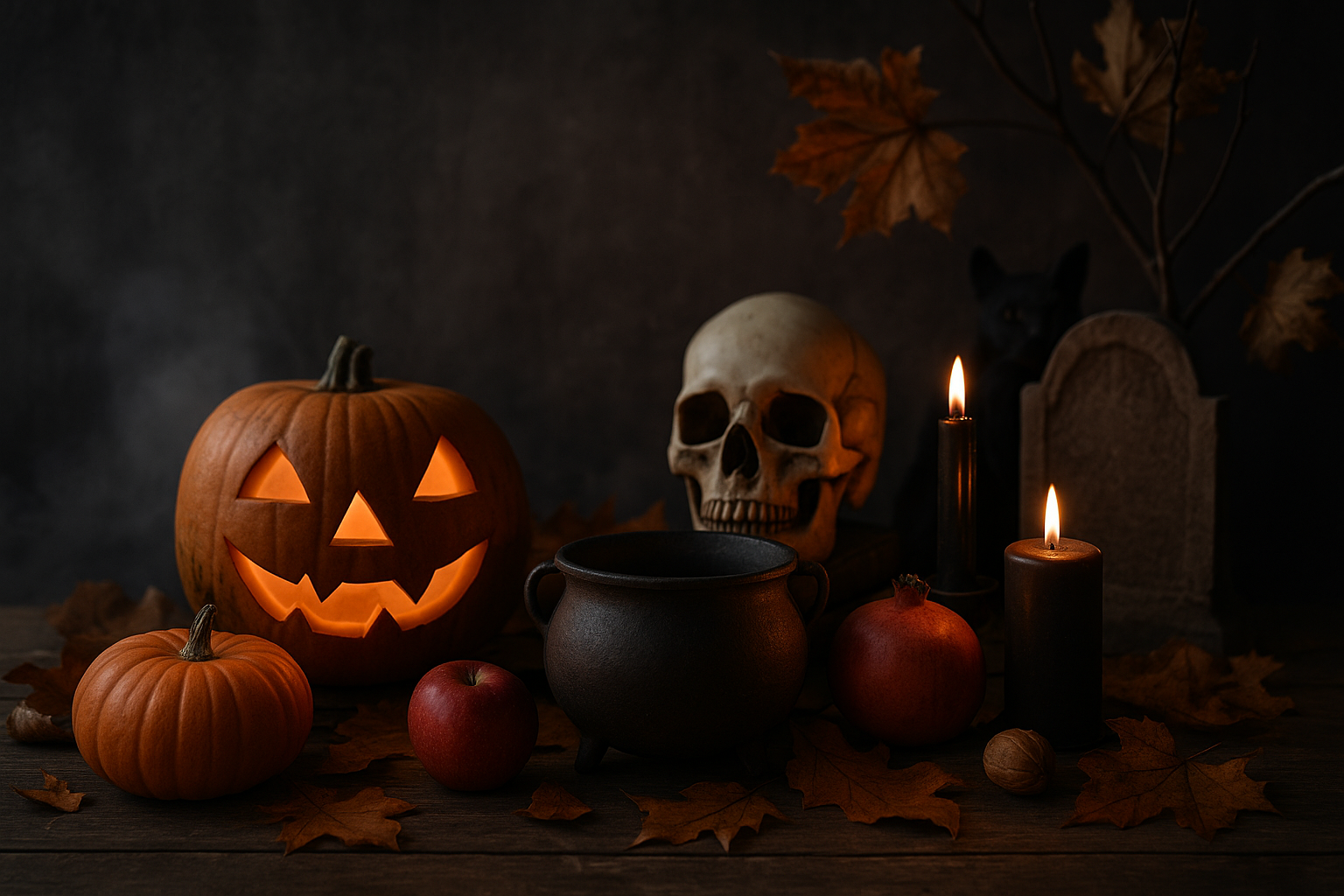December 21st
The Winter Solstice marks the shortest day of the year. The God is reborn and the sun returns after the darkest night. Traditionally, a yule log is burned throughout the night to keep the shadows away.
February 2nd
This sabbat is the first of three spring celebrations. It was known as a day of paying honor and respect to the Goddess as she spun the Wheel back to spring. To celebrate, spring cleaning and purification rituals were done to set the stage for new life, and bonfires were held to welcome in warmth.
March 20th
The second spring celebration marks the first official day of spring as light and dark find a balance, and share the earth equally. Pagans would feast in celebration.
May 1st
This final spring celebration recognizes the union of the God and Goddess as they bring new life into the world. This is a sabbat of love and fertility, and large balefires were held in honor
June 21st
This solstice marks the longest day of the year and it’s when the sun, the God, is at full power.
August 1st
This is the first of three harvest sabbats, the very beginning of winter preparation.
September 21st
This is the first official day of Autumn and the second harvest sabbat of the year. Light and dark are once again at a complete balance and we welcome in the shift of another season. Often referred to as the “Witches’ Thanksgiving”, Mabon is one of the oldest harvest celebrations.
The Wheel of the Year
The Wheel of the Year is composed of eight pagan sabbats that mark the turning point of the Wheel; the yearly cycles of the planet.
October 31st
This is the end of the third and final harvest. The Old God dies and the veil thins for his crossing. The goddess will mourn him through the dark months to come, until his rebirth on the Winter Solstice, and the Wheel spins again.

